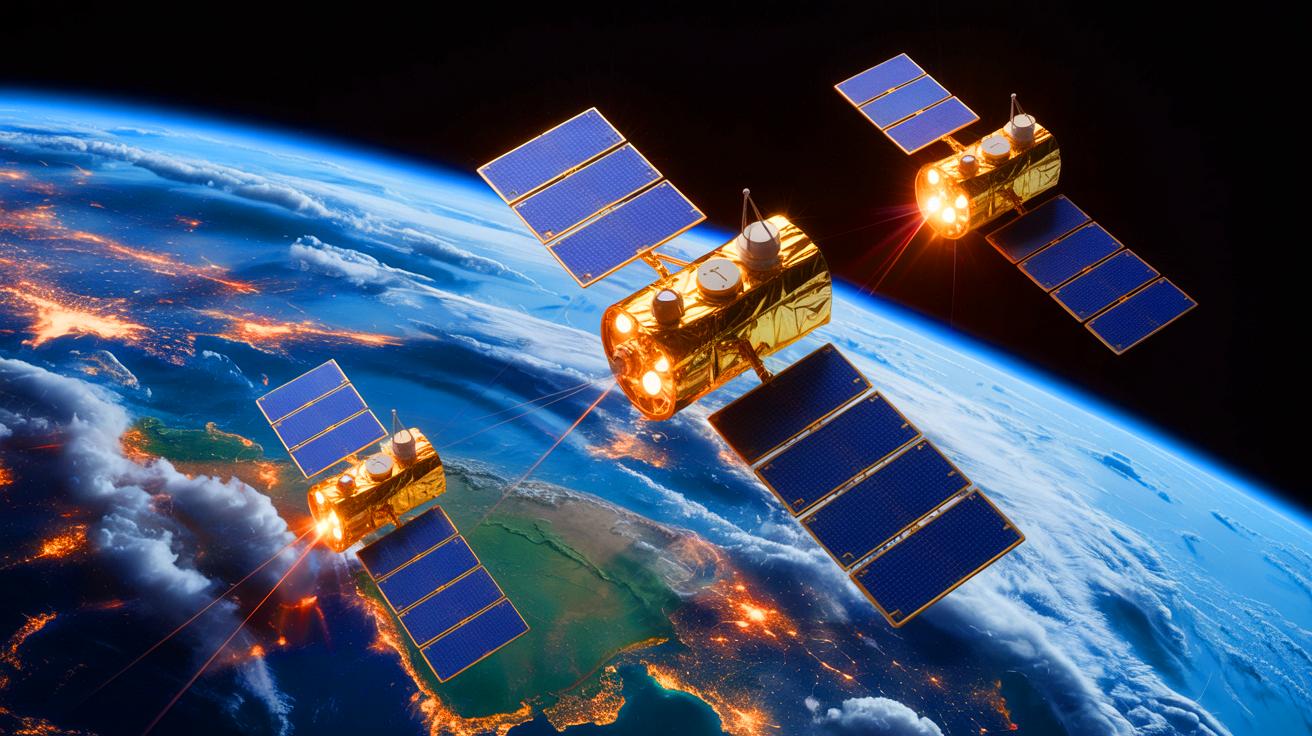The two countries have arrived at an arrangement to resume patrolling along their de facto border, said India’s Foreign Secretary Vikram Misri on Monday. A spokesman for China’s Foreign Ministry Tuesday confirmed an agreement related to border issues, without elaborating.
Patrols by Indian and Chinese security forces along the border halted following a June 2020 clash between the nuclear-armed neighbors that saw security forces engage in hand-to-hand combat, resulting in the death of 20 Indian soldiers and four Chinese personnel.
“Over the last several weeks Indian and Chinese diplomatic and military negotiators have been in close contact with each other in a variety of forums,” said Misri. “We have reached an agreement on the issues that were being discussed.”
Misri said the agreement on patrolling, once implemented, could pave the way for disengagement. China’s Foreign Ministry spokesman said China would work with India to implement the agreements.
Misri was speaking at a briefing on the eve of Indian Prime Minister Narendra Modi’s arrival in Russia for the Brics summit—a bloc of emerging nations comprising Brazil, Russia, India, China and South Africa—which Chinese President Xi Jinping is also attending.
The announcements have raised expectations that Xi and Modi could meet on the sidelines of the summit. Asked about a possible bilateral meeting, Misri said Monday that Modi’s schedule was still being set up.
The standoff severely damaged political and business relations between the two countries.
Following the clash, India retaliated by banning dozens of mobile apps, including widely used video-streaming platform TikTok and the messaging app WeChat. It also made it nearly impossible for Chinese companies to bring foreign direct investments into the country by hardening government rules.
While China was India’s largest trading partner in the year ended in March, Chinese firms operating in India have faced probes over alleged tax evasion, which the companies deny, and India has levied tariffs on many Chinese products as it seeks to build up its own domestic manufacturing and reduce dependence on its neighbor.
Direct passenger flights between the two countries also haven’t resumed.
An Indian security official said the scope of future disengagement is unclear, but noted that if military forces are able to resume patrolling after more than four years, it would signal a “big positive move.”
Still, strategic experts note that China has moved to fortify its border with India, including setting up new villages along parts of the disputed boundary, efforts that are unlikely to be dismantled and that will weigh on Indian security concerns.
Shared concerns about a more assertive China have cemented closer economic and strategic ties between India and the U.S. in recent years. That includes a more than $3-billion deal for India to purchase 31 armed Guardian drones that it will use in part to track Chinese troop movements on its Himalayan border. Diplomatic experts say that a slight normalization of India’s ties with China isn’t likely to fundamentally change the U.S.-India equation, noting the U.S. has also moved to restart some lines of communication with China to manage the risks of a confrontation.
India and China have had a tense relationship since they fought a war in 1962. India also hosts the Dalai Lama, whom Beijing views as a separatist. The Tibetan spiritual leader fled to India in 1959 after China moved to assert its control over the region.
The two countries are separated along their 2,000-mile border by a vague demarcation line known as the Line of Actual Control.
Indian and Chinese security forces often used to bump into each other during patrolling of their perceived areas of control on the borders, leading to heightened tensions. Since the 2020 clash, both countries have deployed tens of thousands of security forces along the Himalayan border along with advanced artillery, weapons and surveillance devices.
“Given how difficult it has been so far, India will continue to be mobilized and not take things at face value with China,” said Harsh Pant, vice president for foreign policy at the Observer Research Foundation, a New Delhi-based international relations think tank.
In recent months, however, there have been signals that the two countries were looking to break the deadlock. Indian industrial groups have also lobbied for easing the ability to do business with China, including seeking faster visa clearances for specialized Chinese industrial workers.
A meeting between Xi and Modi this week on the sidelines of Brics could make clearer whether there is indeed momentum for improving ties.
“We need to wait and watch if there is actually a political agreement between Modi and Xi,” said Pant.


